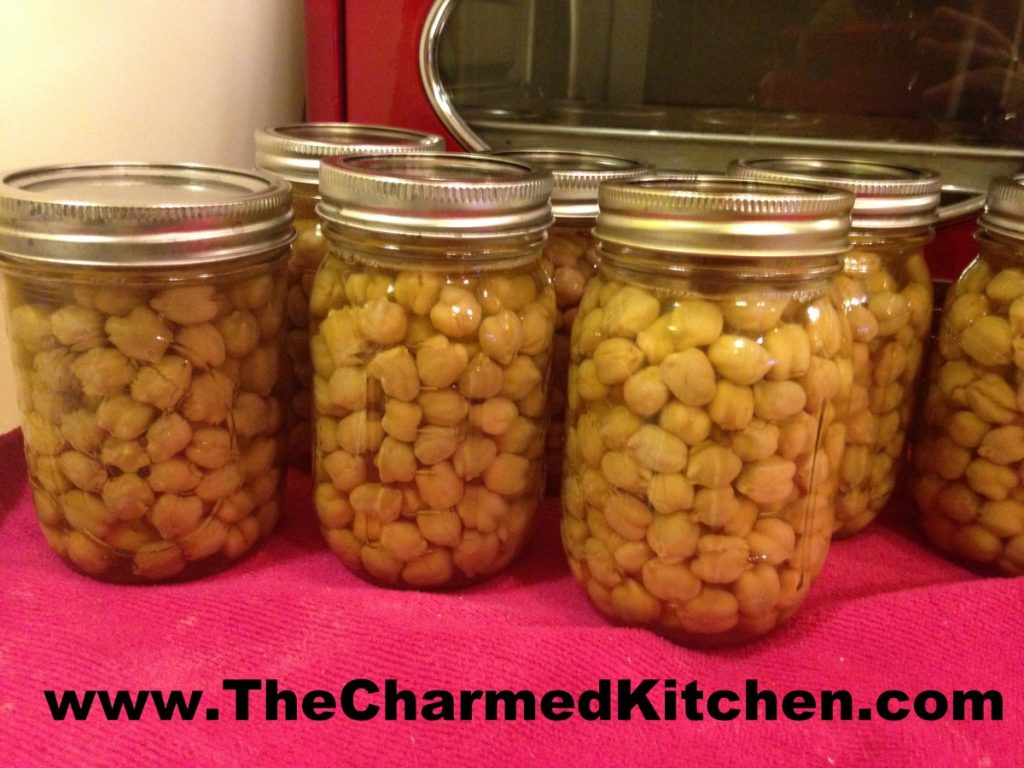History of Pressure Canners/Cookers

Did you ever wonder when people started pressure cooking/canning? The answer might surprise you. The first known pressure cooker was invented by Denis Papin, French physicist and mathematician (1647-1712). In 1679 he made a large cast iron vessel with a tightly fitted lid that locked. His invention raised the boiling point of water and at this higher temperature, bones softened and meat cooked in quick time. It was promoted as a “digester” because it cooked food so quickly. Sadly, it was difficult to control the pressure and explosions were common. Eventually he added a valve to release extra pressure.
Canning the food in jars came somewhat later. In 1795, Napoleon Bonaparte offered a reward for whomever could develop a safe, reliable food preservation method for his constantly traveling army. Nicholas Appert took on the challenge, and about 15 years later introduced a method that involved heat-processing food in glass jars reinforced with wire and sealing them with wax.
The next breakthrough was the first true “canning” (as opposed to “bottling” or “jarring”) method. By 1810, Englishman Peter Durand had introduced a method for sealing food in “unbreakable” tin cans. Interesting fact: The can opener was not invented until 48 years later. Before that cans were opened with hammer and chisels. The first commercial canning establishment in the U.S. was started in 1912 by Thomas Kensett. One problem with these early cans was the lead solder used to seal them. Excessive eating of canned foods would result in lead poiusoning.
It wasn’t until much later that Louis Pasteur was able to demonstrate how the growth of microorganisms causes food to spoil. Prior to that, people knew that canning methods worked, but not why.
At the time of the U.S. Civil War glass food preservation jars with metal clamps and replaceable rubber rings had been invented. These jars are still available today, although they are no longer recommended for canning are are used for storing dry goods and for decorative purposes.
In 1858, John Mason invented a glass jar with a screw-on thread molded into its top, and a lid with a rubber seal. Most canning jars are still referred to as Mason jars.
Meanwhile in the late 1800’s, William Charles Ball and his brothers got into the food preservation jar business and began buying up smaller companies. They quickly became leaders in the industry. Ball jars are today one of the most widely used jars for canning.
Alexander Kerr invented the easy-to-fill widemouth canning jar in 1903 (an innovation that the Ball brothers quickly duplicated). Later, in 1915, Kerr developed the idea of a metal lid with a permanently attached gasket that a man named Julius Landsberger had invented. Kerr came up with a metal disk with a similar gasket, held in place by a threaded metal ring. The modern 2-piece canning lid was born.
We’ve come a long way since the early days of pressure cooking and canning. With the more recent introduction of Instant Pots, pressure cooking certainly seems more popular. This year, there has been a renewed interest in home canning as well. The good news is that with all the efforts that came before, both pressure cooking and pressure canning are safe and easier than ever.
History of Pressure Canners/Cookers
 Did you ever wonder when people started pressure cooking/canning? The answer might surprise you. The first known pressure cooker was invented by Denis Papin, French physicist and mathematician (1647-1712). In 1679 he made a large cast iron vessel with a tightly fitted lid that locked. His invention raised the boiling point of water and at this higher temperature, bones softened and meat cooked in quick time. It was promoted as a “digester” because it cooked food so quickly. Sadly, it was difficult to control the pressure and explosions were common. Eventually he added a valve to release extra pressure.
Did you ever wonder when people started pressure cooking/canning? The answer might surprise you. The first known pressure cooker was invented by Denis Papin, French physicist and mathematician (1647-1712). In 1679 he made a large cast iron vessel with a tightly fitted lid that locked. His invention raised the boiling point of water and at this higher temperature, bones softened and meat cooked in quick time. It was promoted as a “digester” because it cooked food so quickly. Sadly, it was difficult to control the pressure and explosions were common. Eventually he added a valve to release extra pressure.
Canning the food in jars came somewhat later. In 1795, Napoleon Bonaparte offered a reward for whomever could develop a safe, reliable food preservation method for his constantly traveling army. Nicholas Appert took on the challenge, and about 15 years later introduced a method that involved heat-processing food in glass jars reinforced with wire and sealing them with wax.
The next breakthrough was the first true “canning” (as opposed to “bottling” or “jarring”) method. By 1810, Englishman Peter Durand had introduced a method for sealing food in “unbreakable” tin cans. The can opener was not invented until 48 years later. Before that cans were opened with hammer and chisels. The first commercial canning establishment in the U.S. was started in 1912 by Thomas Kensett.
It wasn’t until much later that Louis Pasteur was able to demonstrate how the growth of microorganisms causes food to spoil. Prior to that, people knew that canning methods worked, but not why.
At the time of the U.S. Civil War glass food preservation jars with metal clamps and replaceable rubber rings had been invented. These jars are still available today, although they are no longer recommended for canning are are used for storing dry goods and for decorative purposes.
In 1858, John Mason invented a glass jar with a screw-on thread molded into its top, and a lid with a rubber seal. Most canning jars are still referred to as Mason jars.
Meanwhile in the late 1800’s, William Charles Ball and his brothers got into the food preservation jar business and began buying up smaller companies. They quickly became leaders in the industry. Ball jars are today one of the most widely used jars for canning.
Alexander Kerr invented the easy-to-fill widemouth canning jar in 1903 (an innovation that the Ball brothers quickly duplicated). Later, in 1915, Kerr developed the idea of a metal lid with a permanently attached gasket that a man named Julius Landsberger had invented. Kerr came up with a metal disk with a similar gasket, held in place by a threaded metal ring. The modern 2-piece canning lid was born.
We’ve come a long way since the early days of pressure cooking and canning. I think of other more recent cooking methods like sous vide and some of the techniques of molecular gastronomy and wonder which of these will stand the test of time.



